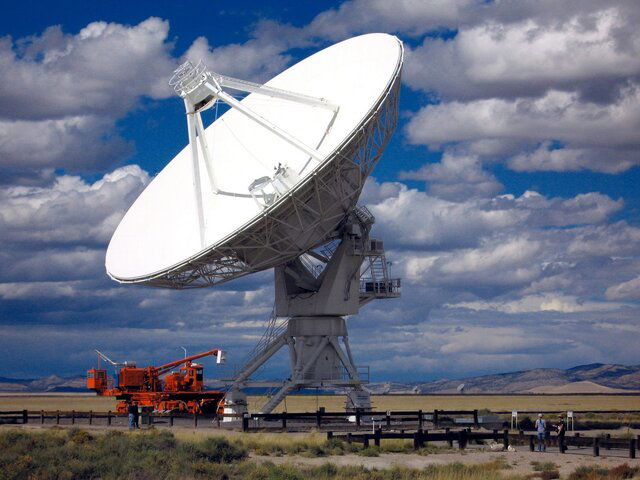Does anyone know of a dish positioner (like the Gbox) that will interface to a PC via maybe a serial port?
I was thinking last night that it might be interesting to build an alt-azimuth mount for a dish. I would require 3 axis control. One for azimuth, one for altitude and one for rotation of the lnb (skew or field rotation).
It sure would make tweaking birds easy
Just another daydream
I was thinking last night that it might be interesting to build an alt-azimuth mount for a dish. I would require 3 axis control. One for azimuth, one for altitude and one for rotation of the lnb (skew or field rotation).
It sure would make tweaking birds easy
Just another daydream


